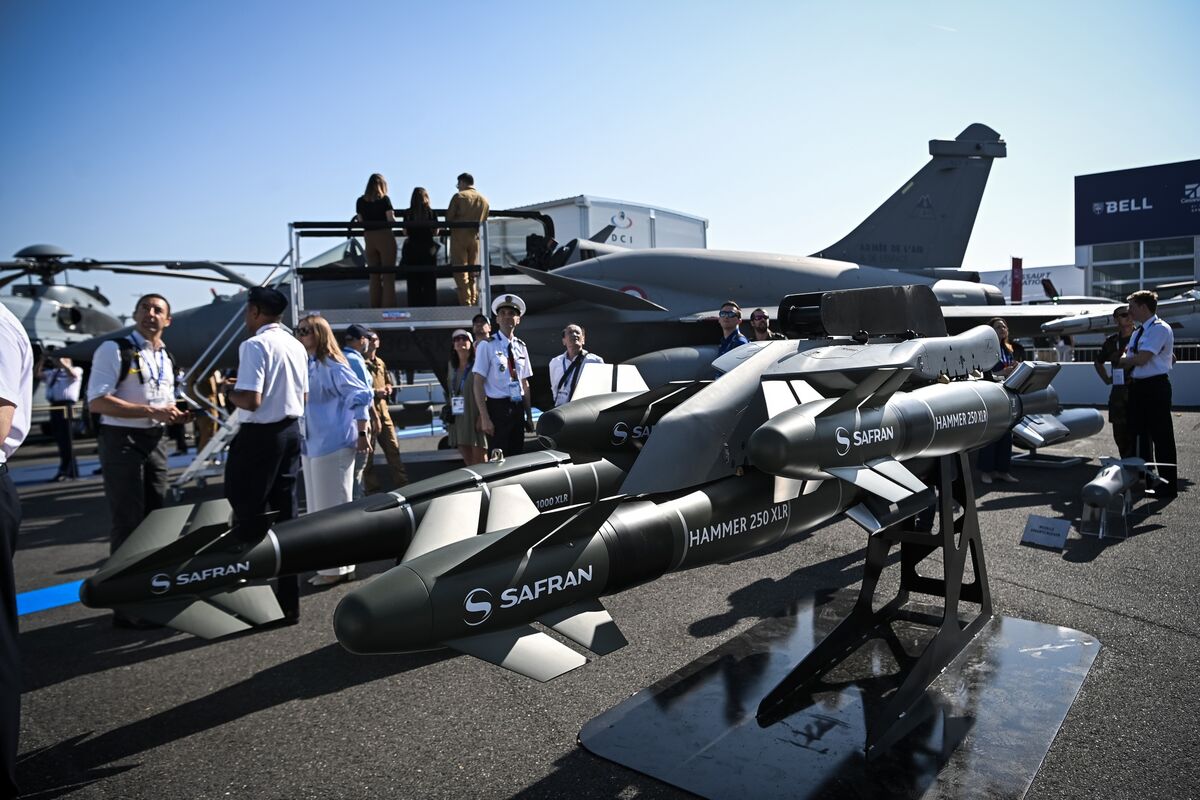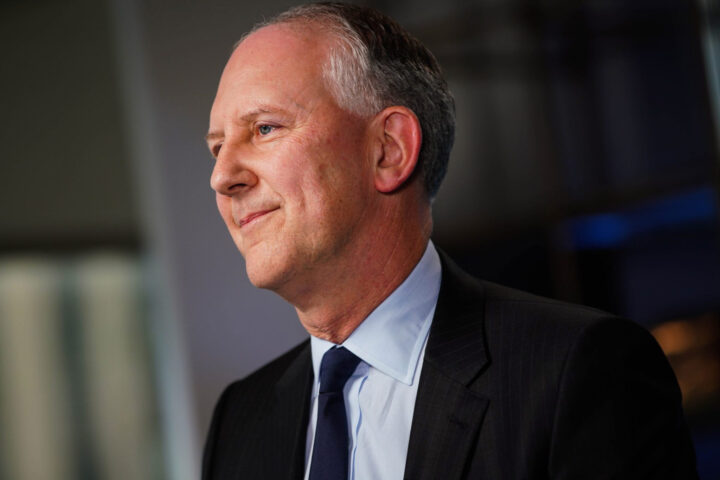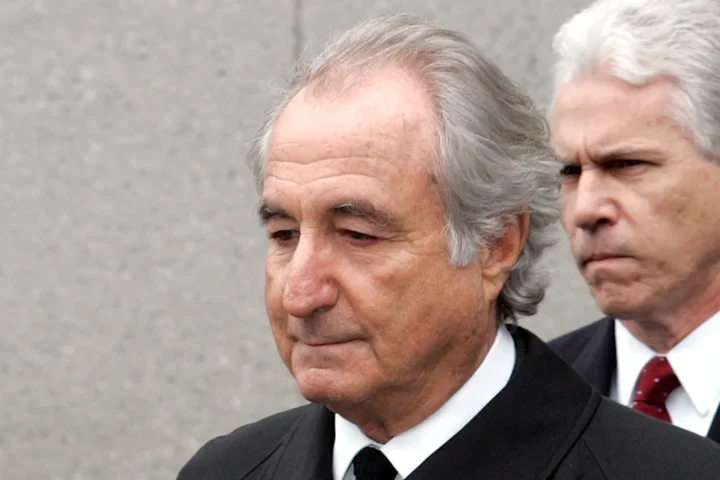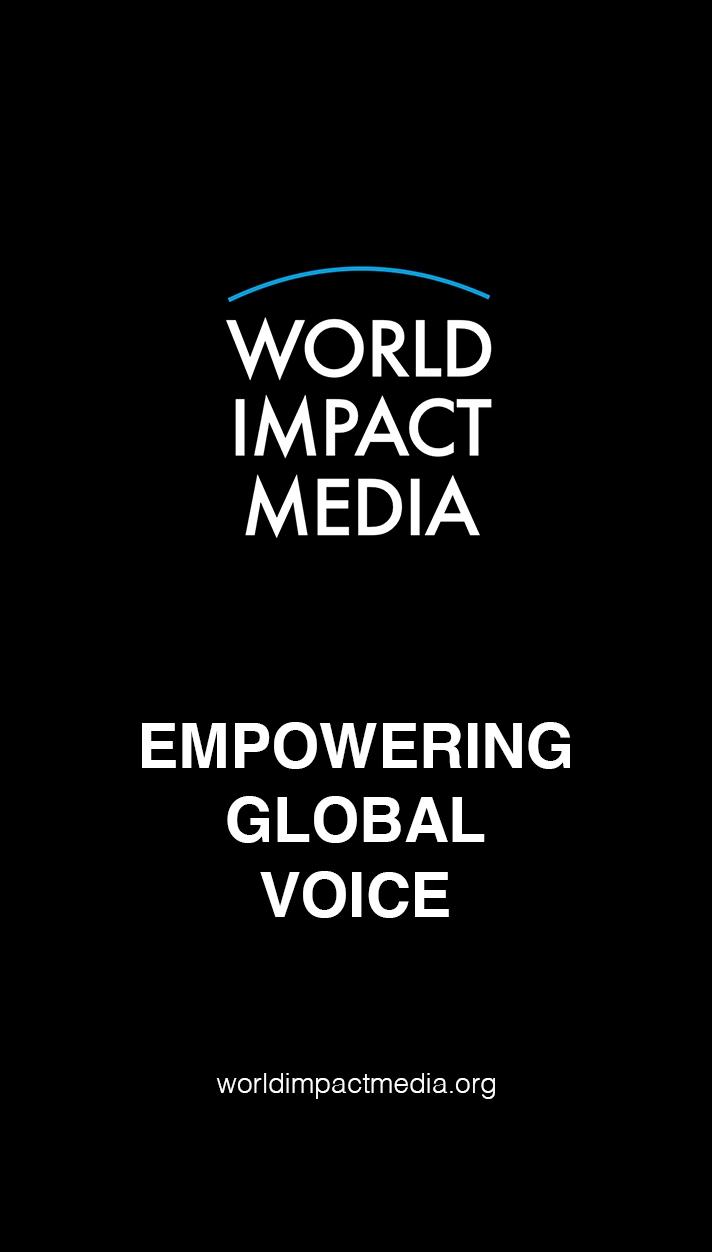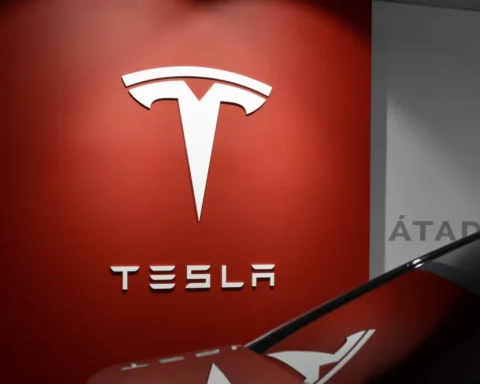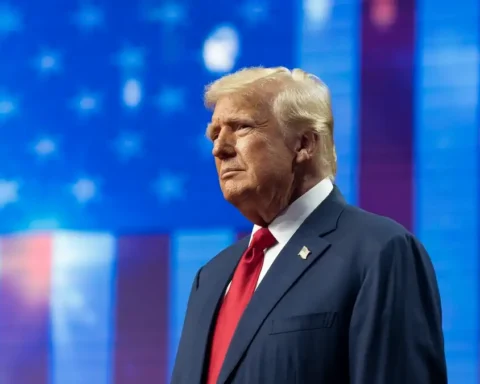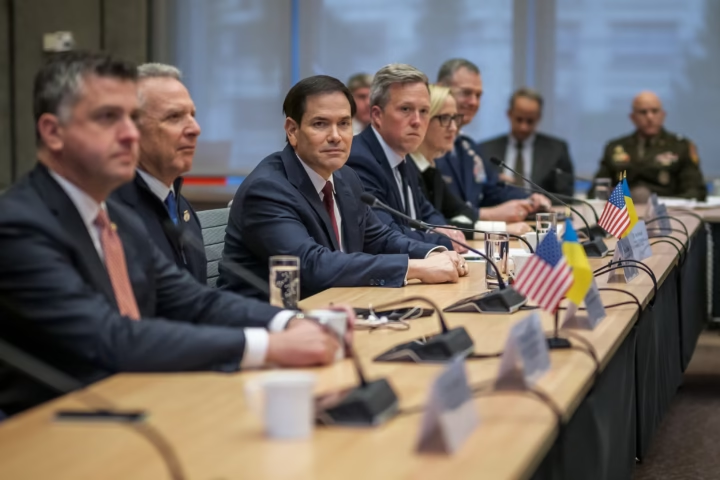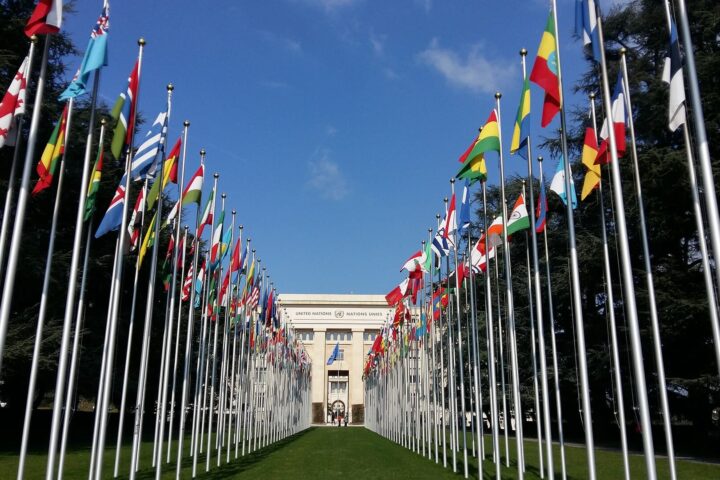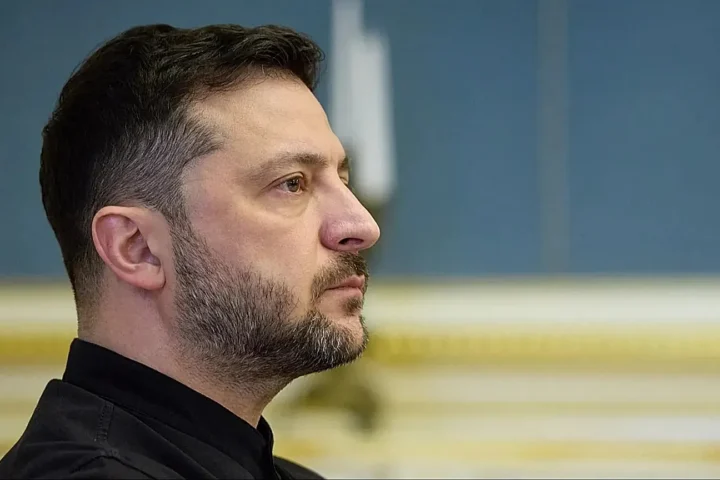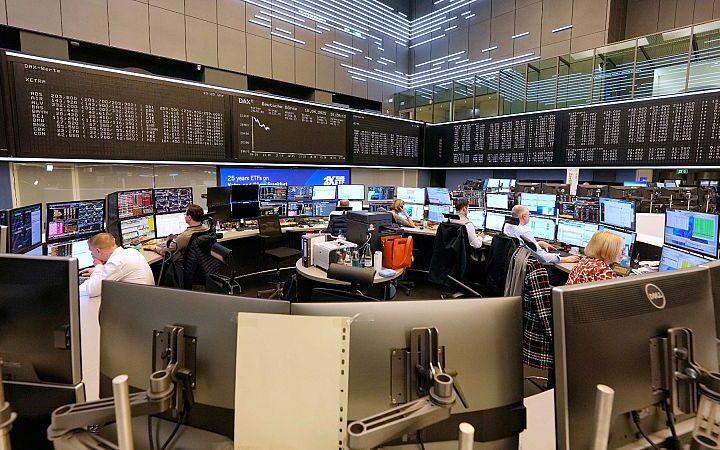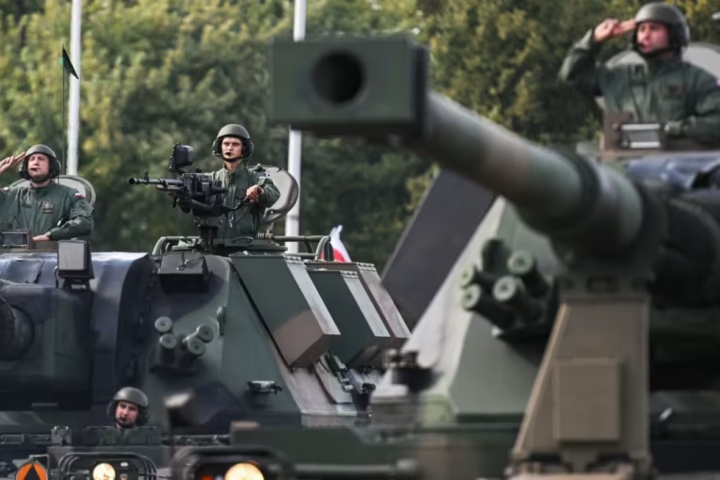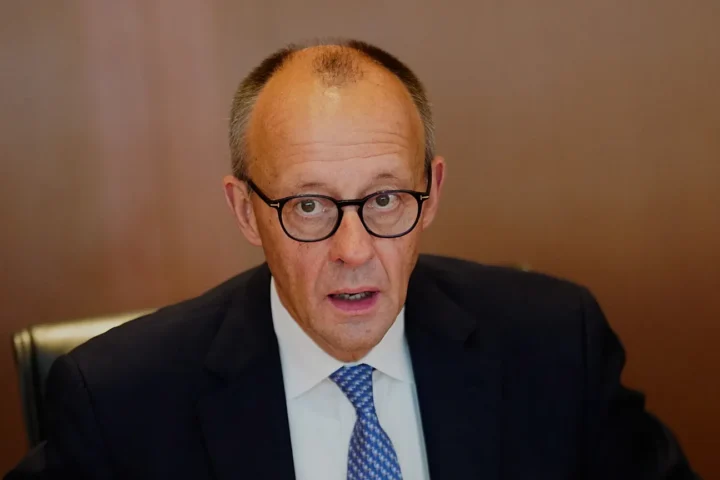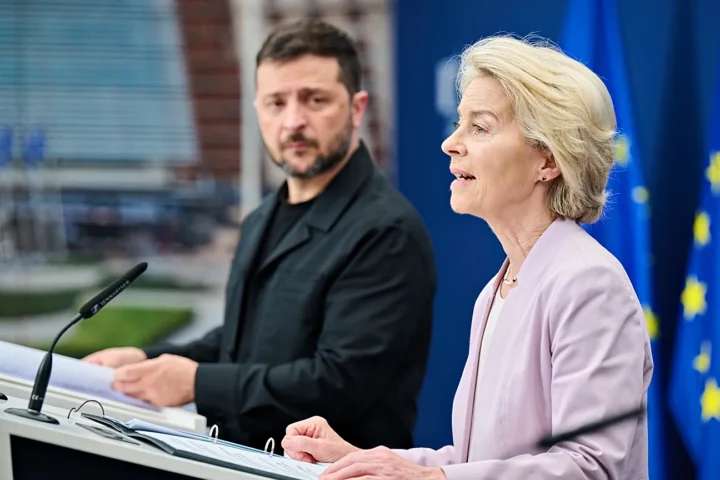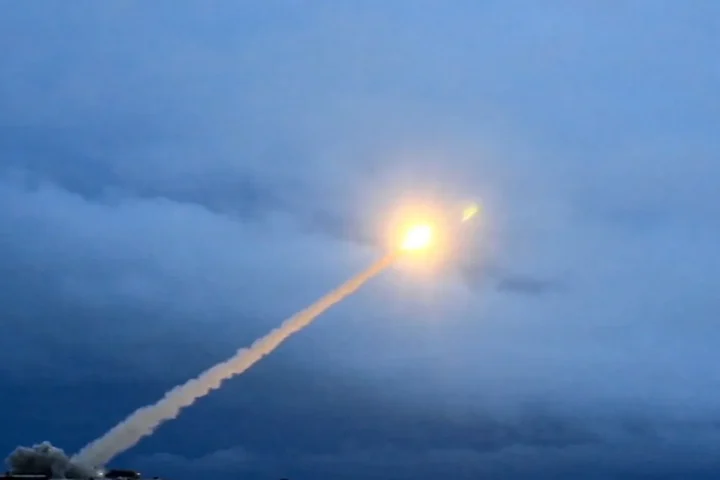Environmental, Social, and Governance (ESG) investing was once synonymous with renewable energy projects, carbon-neutral commitments, and socially responsible business practices. But as war rages on Europe’s doorstep, particularly in Ukraine, the narrative is shifting in an unexpected direction: defense companies are increasingly being welcomed into ESG frameworks once thought to exclude them.
This evolution reflects a hard truth emerging across Western capitals—maintaining peace, security, and democratic stability may now be viewed as a form of sustainability in itself. For investors who once shunned the arms sector as a “sin industry,” the question is no longer whether defense spending can fit into ESG portfolios, but whether it must.
From Pariah to Protector
For years, weapons manufacturers occupied the same ethical basket as tobacco, gambling, or fossil fuels. Asset managers following ESG mandates avoided them to meet both investor expectations and regulatory guidelines.
However, Russia’s full-scale invasion of Ukraine in 2022 and the resurgence of great-power competition jolted policymakers and financiers alike. NATO members, led by European states, began urgently ramping up military budgets. The idea that a strong defense is essential for preserving democracy and human rights—both core ESG principles—took root.
“Without security, there is no sustainability,” a European Commission official remarked earlier this year, signaling that Brussels was prepared to soften its stance on including defense spending in ESG-friendly portfolios.
The European Pivot
In practice, this has meant a quiet but significant rebranding of defense assets. Investment funds once hesitant to touch arms manufacturers are now carving out exceptions for companies that supply equipment deemed crucial for deterrence.
France and Germany, both lagging on NATO’s 2% defense-spending target, have explicitly called for private capital to support the defense sector. Pension funds in the Netherlands and Scandinavia, historically strict on ESG exclusions, have begun reviewing their investment policies.
The message from European leaders is clear: capital must flow not only to green energy and digital infrastructure, but also to a “defensive shield” strong enough to resist Russia.
A Clash of ESG Values
The integration of weapons into ESG frameworks has not come without controversy. Critics argue that the move dilutes the integrity of ESG investing, reducing it to a political tool rather than a principled framework.
Environmental advocates warn that defense companies, many of which have significant carbon footprints, are being rewarded with “green” capital flows despite little progress on sustainability. Human rights groups point out that weapons manufacturers often sell to regimes with questionable records, complicating the “social” pillar of ESG.
Yet proponents counter that defense investments are not about glorifying war but about safeguarding peace. By framing weapons of mass deterrence as a public good, they argue ESG is being adapted to the geopolitical reality of the 2020s.
Money Follows Policy
Markets have taken notice. Shares of major European defense firms like BAE Systems, Rheinmetall, and Dassault Aviation have surged since the war in Ukraine began, buoyed by soaring orders. Meanwhile, asset managers have launched new funds that explicitly label defense as part of an ESG-compatible strategy.
At the same time, defense startups specializing in cybersecurity, drones, and AI-enabled surveillance have found themselves reclassified as “dual-use technology companies,” allowing them to tap into both defense budgets and sustainability-linked capital.
The US and NATO’s Stance
While Europe has spearheaded the ESG rebrand of defense, the United States has been less explicit but equally pragmatic. American defense giants like Lockheed Martin and Raytheon are benefiting from record Pentagon budgets, and institutional investors are facing fewer questions about their inclusion in ESG funds.
Within NATO, the consensus is growing that private capital must complement state funding in maintaining deterrence. As one defense analyst put it: “If ESG is about protecting the future, then defense must be part of the conversation.”
The Future of ESG in a Militarized World
The incorporation of defense into ESG is not without risks. Investors may face reputational blowback, particularly from younger generations who still associate ESG with climate-first principles. Moreover, a blurred definition of ESG risks undermining its credibility at a time when greenwashing is already under scrutiny.
Yet the momentum appears difficult to reverse. As geopolitical tensions deepen—not only in Europe but also in Asia—markets are recalibrating what “responsible investing” truly means. The notion that defense spending can be justified as a safeguard for peace, democracy, and human rights may ultimately reshape ESG for decades to come.
